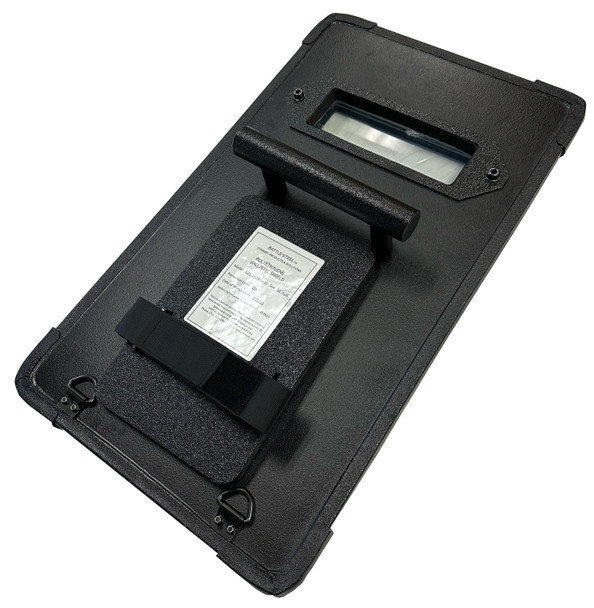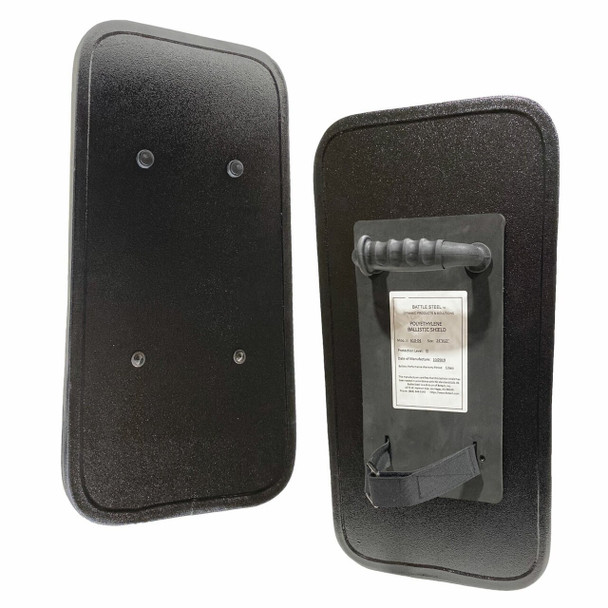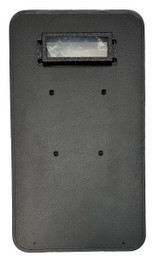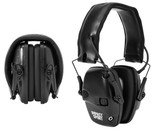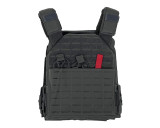Standing Strong: A Comprehensive Guide to Choosing Ballistic Shields
Ballistic shields serve as a vital line of defense for law enforcement officers, military personnel, and security professionals facing armed threats. They offer crucial protection against bullets, shrapnel, and other ballistic projectiles. But with various types and features available, selecting the right ballistic shield can feel overwhelming. This guide equips you with the knowledge to make an informed decision and choose the shield that best suits your needs.
Understanding Ballistic Shield Levels:
Ballistic shields are rated according to their level of protection, designated by the National Institute of Justice (NIJ). Here's a breakdown of some common NIJ threat levels:
- Level IIIA: Protects against most handgun ammunition, including 9mm, .357 magnum, and .44 Magnum.
- Level III: Offers additional protection against rifle rounds up to 5.56 caliber.
- Level IV: Provides the highest level of ballistic protection, stopping armor-piercing rifle rounds.
Choosing the Right Ballistic Shield
Several factors come into play when selecting a ballistic shield:
- Threat Level: Consider the potential threats you might encounter. Level IIIA shields offer sufficient protection for many situations, while Level III or IV shields are necessary for high-risk scenarios involving rifle threats.
- Weight and Mobility: Ballistic shields can be heavy. Choose a shield weight that allows for maneuverability and sustained use without excessive fatigue.
- Size and Coverage: Shield size impacts both protection and mobility. Larger shields offer greater coverage but can be less maneuverable. Consider your operational needs and find a balance between size and ease of handling.
- Material: Ballistic shields are typically constructed from lightweight, high-strength materials like UHMWPE (ultra-high-molecular-weight polyethylene) or ballistic ceramics. UHMWPE shields offer a good balance of weight and protection, while ceramic plates provide superior ballistic protection at the expense of increased weight.
- Special Features: Some ballistic shields come with additional features like viewports for improved visibility, carrying handles for easy deployment, and straps for attaching lights or other equipment.
Beyond the Basics:
- Ergonomic Design: Look for a shield with an ergonomic design that promotes proper posture and reduces fatigue during extended use.
- Ballistic Spikes (optional): Some shields have spikes mounted on the front for additional defense against potential attackers. These should only be used with proper training and according to use-of-force guidelines.
- Maintenance: Regularly inspect your ballistic shield for damage and ensure proper storage to maintain its effectiveness.
Invest in Your Protection
Ballistic shields are a critical piece of equipment for those facing potential ballistic threats. By understanding ballistic ratings, shield features, and your specific needs, you can choose a shield that offers optimal protection and functionality.
Ready to equip yourself with a ballistic shield you can trust? Visit the Battlesteel store today! Battlesteel offers a comprehensive selection of high-quality ballistic shields from leading manufacturers. Their knowledgeable staff can assist you in selecting the right shield based on your threat level, operational requirements, and budget. Don't compromise on safety – visit Battlesteel and ensure you have the protection you deserve!
Recent Posts
-
Understanding Ballistic Shield Ratings and Their Applications
The Trusted Name in Tactical Defense - BattleSteel® When it comes to protecting those who protect us …2025-04-19 -
The Importance of Hearing Protection in Tactical Environments
The Legacy of BattleSteel® BattleSteel® is a trusted name in the world of tactical defense equipment …2025-04-14 -
How to Properly Fit and Wear a Plate Carrier
About BattleSteel and Their Mission BattleSteel is a trusted name in the tactical gear industry, ren …2025-04-11
